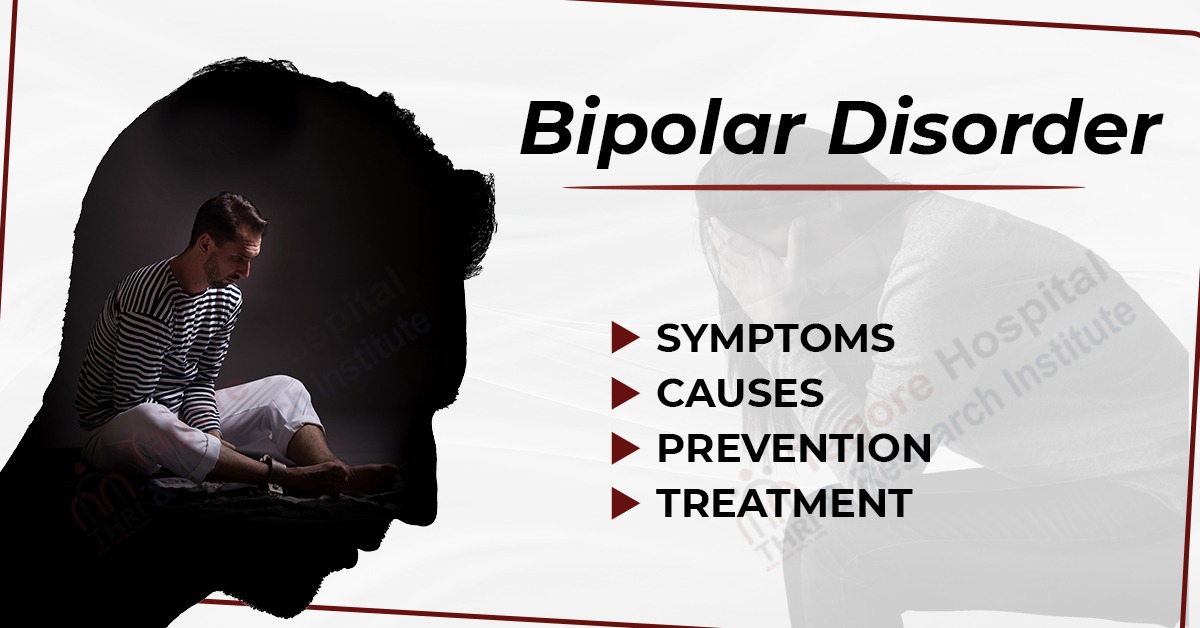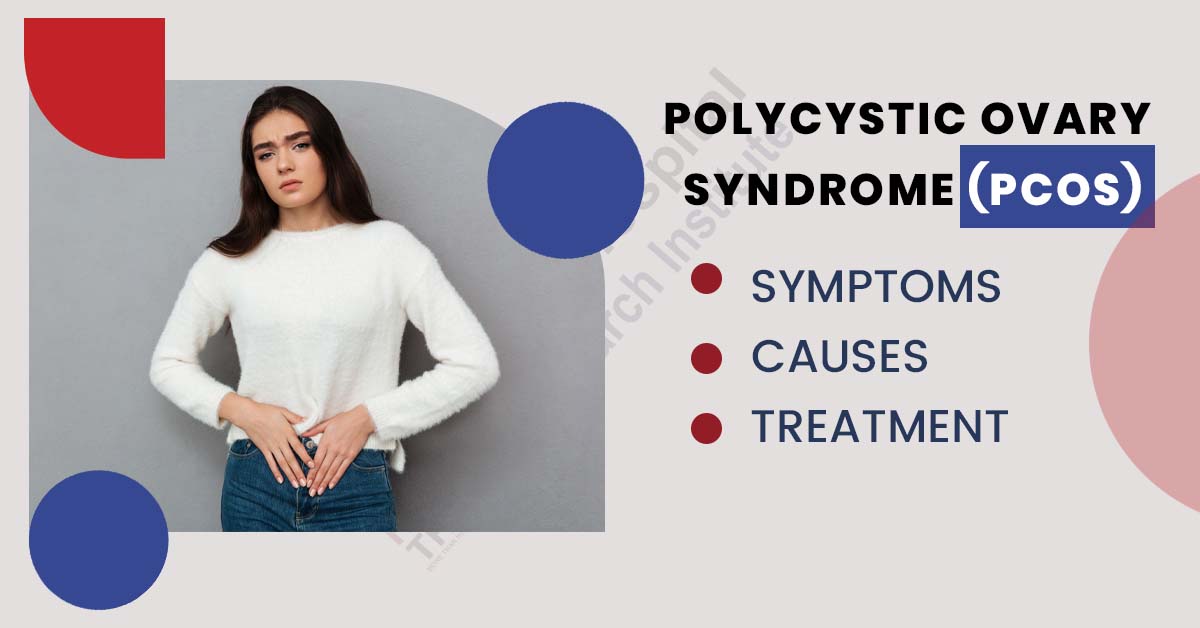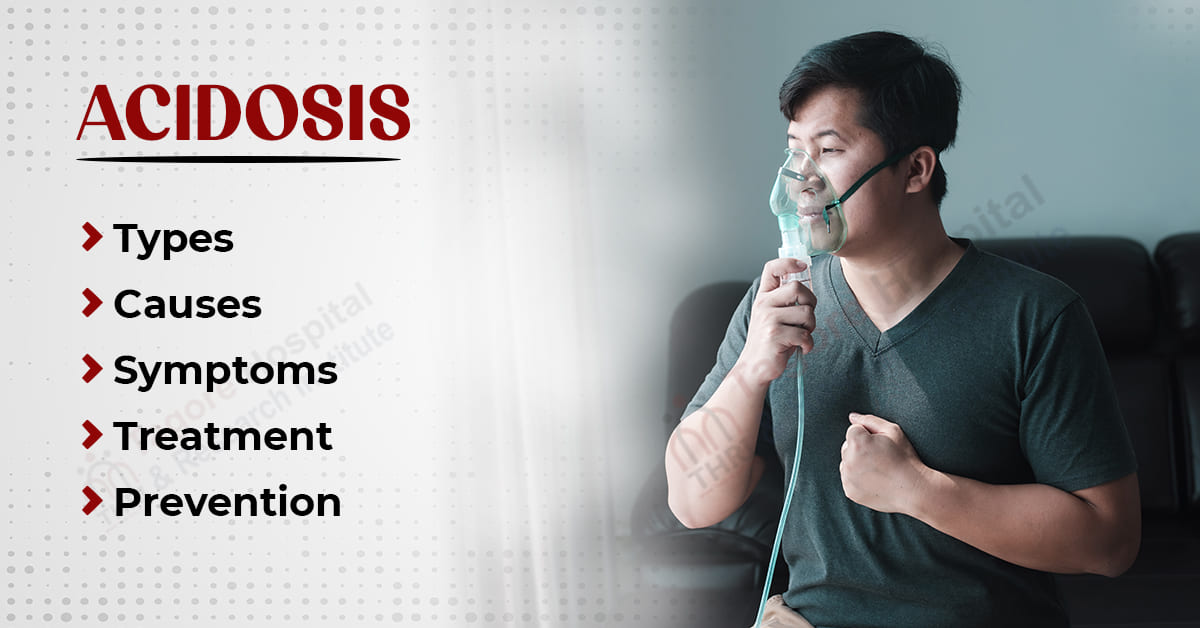- By Tagore Admin
- Posted July 14, 2023
What is Bipolar Disorder?
A mental health condition known as bipolar disorder, formerly known as manic depression, causes wildly fluctuating moods, including emotional highs (mania or hypomania) and lows (depression).
When you experience depression, you might feel depressed or hopeless and stop enjoying or being interested in most activities. You might experience euphoria, excessive energy, or unusual irritability when your mood changes to mania or hypomania (a less severe form of mania). These mood swings can affect one's ability to think, as well as their energy levels, level of activity, judgment, and behavior.
Rarely or frequently throughout the year, episodes of mood swings can happen. Some people might not experience any emotional symptoms in between episodes, even though the majority do.
You can control your mood swings and other symptoms of bipolar disorder even though it is a lifelong condition by adhering to a treatment plan. Medication and psychological therapy (psychotherapy) are the two primary forms of treatment for bipolar disorder.
Types of Bipolar Disorder
There are several types of bipolar disorder, each characterized by the pattern and severity of mood episodes experienced. The different types of bipolar disorder are:
● Bipolar I Disorder: Individuals with Bipolar I experience manic episodes that last for at least seven days or are so powerful that immediate hospitalization is required. There may also be depressive episodes that last for at least two weeks. Some people with Bipolar I may experience mixed episodes, where symptoms of mania and depression occur simultaneously or rapidly alternate.
● Bipolar II Disorder: In this type, individuals experience depressive episodes similar to those in Bipolar I, but instead of full-blown manic episodes, they have hypomanic episodes. Hypomanic episodes are less severe than manic episodes and typically last for at least four days. People with Bipolar II often have more depressive episodes than hypomanic episodes.
● Cyclothymic Disorder: Cyclothymic disorder involves recurring episodes of hypomanic and depressive symptoms that do not meet the criteria for a full manic or depressive episode. These episodes are less severe but more chronic, with symptoms lasting at least two years in adults (one year in children and adolescents).
Other Specified and Unspecified Bipolar Disorders: These categories are used when the symptoms do not fit into the above-defined types of bipolar disorder. Other specified bipolar disorders may include atypical presentations, such as shorter-duration episodes or mixed features. Unspecified bipolar disorder is used when there is not enough information to make a specific diagnosis.
You Can Read also:- Eczema: What is Eczema, Symptoms, Causes, Types Treatment
Causes of Bipolar Disorder
Bipolar disorder's precise causes are not fully understood. However, research suggests that a combination of genetic, environmental, and neurochemical factors contributes to the development of the disorder. Here are some factors that are believed to play a role:
Bipolar disorder frequently runs in families, which suggests a genetic component. Studies have identified specific genes that may be associated with an increased risk of developing the disorder. However, it is important to note that having a family history of bipolar disorder does not necessarily mean an individual will develop the condition.
● Neurochemical Imbalances: Neurotransmitters, chemical messengers in the brain, play a crucial role in regulating mood and behavior. Imbalances in neurotransmitters such as dopamine, serotonin, and norepinephrine have been observed in individuals with bipolar disorder. These imbalances may contribute to the abnormal mood fluctuations seen in the disorder.
● Brain Structure and Function: Differences in brain structure and function have been found in individuals with bipolar disorder. The areas of the brain involved in emotional regulation, such as the prefrontal cortex, amygdala, and hippocampus, may show abnormalities in people with the disorder. These brain abnormalities may contribute to mood dysregulation and other symptoms.
● Environmental Factors: Certain environmental factors may trigger or exacerbate bipolar disorder in individuals who are genetically predisposed to the condition. These factors can include significant life stressors, traumatic events, substance abuse, and disruptions in sleep patterns. These environmental triggers can influence the onset and course of bipolar disorder episodes.
● Imbalanced Circadian Rhythms: Disturbances in the body's internal clock, known as circadian rhythms, have been associated with bipolar disorder. Irregular sleep patterns, changes in daily routines, and disruptions in the light-dark cycle can impact mood stability in individuals with the disorder.
Symptoms of Bipolar Disorder
Bipolar disorder is characterized by alternating episodes of mania or hypomania and depression. The symptoms can vary in intensity and duration, and individuals with bipolar disorder may also experience periods of stable mood. Here are the common symptoms associated with each phase:
Manic Episode Symptoms:
● Irritable mood: Excessive happiness, euphoria, or irritation.
● Increased energy and activity: Having a surge of energy, being more talkative, and engaging in multiple activities simultaneously.
● Decreased need for sleep: Feeling rested after only a few hours of sleep or experiencing a reduced need for sleep.
● Racing thoughts: Thoughts may race through the mind quickly, making concentrating or staying focused difficult.
● Grandiosity: Having an inflated sense of self-esteem or belief in one's abilities, sometimes leading to unrealistic or risky behaviors.
● Increased goal-directed activity: Pursuing excessive and often pleasurable activities, such as spending sprees, reckless driving, or impulsive decision-making.
● Impulsivity: Acting without considering the consequences, engaging in risky behavior, or having increased sexual desire.
● Poor judgment: Making decisions that have negative consequences, such as excessive spending, engaging in risky sexual encounters, or making impulsive investments.
Depressive Episode Symptoms:
● Persistent sadness: Feeling deep sadness, hopelessness, or a sense of emptiness.
● Loss of interest: Losing interest or pleasure in activities once enjoyed, including hobbies, social interactions, or sex.
● Fatigue or low energy: Experiencing a lack of energy or feeling physically drained even after a restful sleep.
● Changes in appetite or weight: Significant changes in appetite, resulting in weight loss or weight gain.
● Sleep disturbances: Experiencing insomnia (difficulty falling asleep or staying asleep) or hypersomnia (excessive sleepiness or prolonged sleep).
● Feelings of worthlessness or guilt: Having a negative perception of oneself, feeling excessively guilty or unworthy.
● Difficulty concentrating: Experiencing difficulty focusing, making decisions, or remembering information.
● Having persistent thoughts of suicide or death, as well as suicidal thoughts or attempts, is a serious condition.
Diagnosis of Bipolar Disorder
The diagnosis of bipolar disorder is typically made by a mental health professional, such as a psychiatrist or clinical psychologist. The diagnostic process involves a comprehensive evaluation that includes several components:
● Clinical Interview: The clinician will conduct a detailed interview with the individual to gather information about their symptoms, medical history, family history of mental health conditions, and any previous episodes of mood disturbances. It is essential to provide an accurate and honest account of your experiences to assist in the diagnosis.
● Mood Assessment: The clinician will assess the individual's current and past mood episodes, including manic, hypomanic, and depressive episodes. They will inquire about these episodes' duration, frequency, and intensity.
● Diagnostic Criteria: The clinician will refer to the Diagnostic and Statistical Manual of Mental Disorders (DSM-5), published by the American Psychiatric Association, which outlines the criteria for diagnosing bipolar disorder. The DSM-5 criteria specify the duration, intensity, and pattern of mood episodes required for a diagnosis.
● Medical Evaluation: To rule out other medical conditions that may mimic or contribute to mood symptoms, the clinician may conduct a physical examination and order laboratory tests. It is crucial to determine whether any underlying medical conditions or substance use disorders are present.
● Mood Tracking: The clinician may request that the individual maintain a mood journal or use specialized mood-tracking tools to document their mood fluctuations over some time. This can provide additional insights into the pattern and duration of mood episodes.
● Collateral Information: Gathering information from family members or close friends who have observed the individual's behavior during mood episodes can provide valuable information to support the diagnosis.
Once a diagnosis is established, appropriate treatment options, such as medication, psychotherapy, or a combination of both, can be discussed and implemented. Regular follow-up visits with the healthcare professional are important for the ongoing evaluation and management of bipolar disorder.
You Can Read also:- Facts You Need To Know About Blood Cancer (Leukemia)
Prevention of Bipolar Disorder
Bipolar disorder cannot be entirely avoided. To stop bipolar disorder or other mental health conditions from getting worse, treatment should be sought as soon as a mental health disorder manifests.
If you have been given a bipolar disorder diagnosis, the following techniques can help keep minor symptoms from developing into full-blown episodes of mania or depression:
● Watch out for warning signs. Early symptom treatment can stop episodes from worsening. You might have noticed a pattern in your bipolar episodes and the things that set them off. If you suspect a depressive or manic episode is about to start, contact your doctor right away. Encourage friends or family to help you keep an eye out for warning signs.
● Eliminate alcohol and drug use. Using alcohol or other drugs recreationally can exacerbate your symptoms and increase the likelihood that they will return.
● Be sure to follow the directions on your prescriptions. Although you might feel tempted, resist stopping your treatment. Withdrawal symptoms can develop if you stop taking your medication or reduce your dosage on your own, and your symptoms could get worse or come back.
Treatment of Bipolar Disorder
Bipolar disorder is typically treated with a regimen of drugs, psychotherapy, and lifestyle changes. The goal of treatment is to stabilize mood, manage symptoms, prevent relapses, and improve overall functioning.
The specific treatment plan will depend on the individual's unique needs and the severity of their symptoms. It is crucial to work closely with a qualified healthcare professional, such as a psychiatrist, to develop and maintain an effective treatment regimen. Here are some common components of bipolar disorder treatment:
Medication:
● Mood Stabilizers: Medications such as lithium, valproate, and carbamazepine are commonly prescribed to stabilize mood and prevent manic and depressive episodes.
● Antipsychotics: Atypical antipsychotic medications like risperidone, olanzapine, quetiapine, and aripiprazole can be prescribed to manage manic or mixed episodes.
● Antidepressants: In some cases, antidepressants may be prescribed cautiously and combined with a mood stabilizer to manage depressive episodes. They are often used with caution due to the risk of triggering manic episodes.
● Other Medications: Additional medications, such as sedatives or sleep aids, may be prescribed to address specific symptoms like insomnia or anxiety.
Psychotherapy:
● Cognitive-Behavioral Therapy (CBT): CBT can help individuals identify and modify negative thought patterns and behaviors associated with bipolar disorder. It focuses on managing stress, enhancing coping skills, and maintaining a stable lifestyle.
● Psychoeducation: Learning about bipolar disorder and its management is important. Psychoeducation helps individuals and their families understand the condition, recognize early warning signs, and develop strategies for self-care and relapse prevention.
● Family Therapy: Involving family members in therapy can provide support, improve communication, and help them understand and cope with the challenges of bipolar disorder.
Lifestyle Adjustments:
● Regular Sleep Patterns: Maintaining a consistent sleep schedule is crucial as disruptions in sleep patterns can trigger mood episodes. Prioritizing adequate sleep and practicing good sleep hygiene is essential.
● Stress Management: Learning stress reduction techniques, such as relaxation exercises, mindfulness, or meditation, can help individuals better cope with stressors and minimize the risk of triggering episodes.
● Healthy Lifestyle: Engaging in regular exercise, eating a balanced diet, and avoiding substance abuse can contribute to overall well-being and help stabilize mood.
Supportive Resources:
● Support Groups: Joining support groups or participating in peer support programs can provide a sense of community, understanding, and encouragement.
● Case Management: For individuals with more complex needs, case management services can assist with coordinating treatment, accessing resources, and providing ongoing support.
Tags





